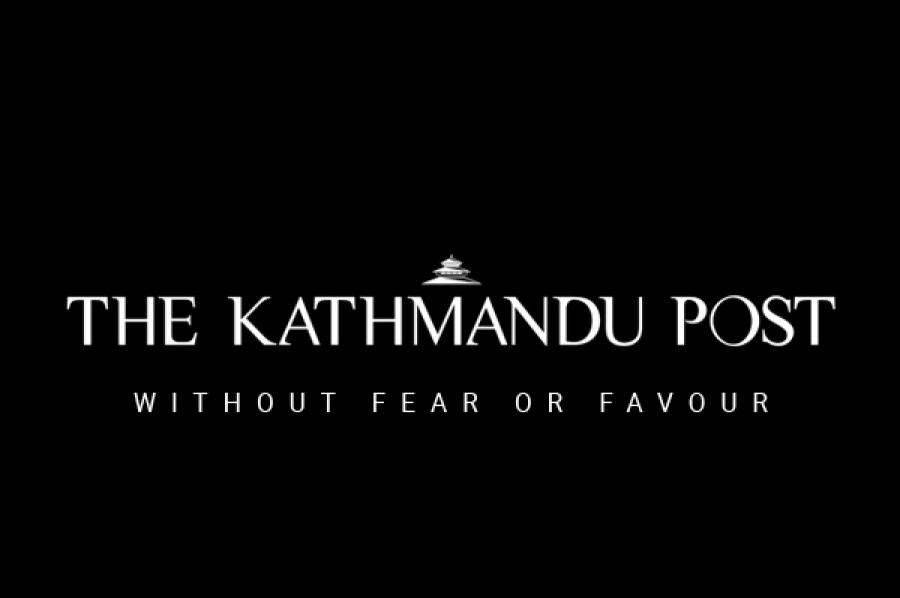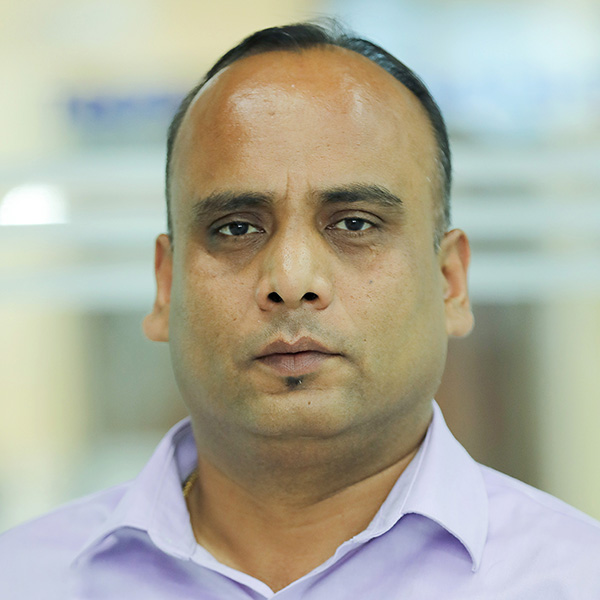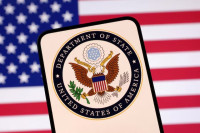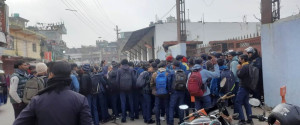National
Fearing backlash, Cabinet keeps key decisions to itself
In what echoed the harrowing days of the authoritarian Panchayat era, the government on Sunday night refused to reveal the decisions made by the Council of Ministers, which has been widely criticised as an attempt to curb the people’s right to information.
Anil Giri
In what echoed the harrowing days of the authoritarian Panchayat era, the government on Sunday night refused to reveal the decisions made by the Council of Ministers, which has been widely criticised as an attempt to curb the people’s right to information.
For the first time in 15 years, members of media organisations were not provided access to the decisions from the Cabinet meeting, which has long been a tradition and hallmark of the successive democratic governments of Nepal.
Following the restoration of democracy in 1990, every government has held a media briefing after the meeting. The tradition was institutionalised and formalised after 2006 when the country went through its second popular uprising.
After a four-hour long meeting on Sunday night, Minister for Information and Communication Technology Gokul Prasad Baskota walked out to the media stake-out and refused to divulge any information, saying that the decisions would be made public once “a new arrangement is made”.
“We had a Cabinet meeting after a long break and we have taken many decisions. But we will reveal them gradually,” Baskota said, as he walked away from journalists.
But even before Baskota had made it back to his residence, information about some of the decisions made at the meeting had started leaking to members of the media. Some ministers, including Baskota’s colleagues, informed the Post that the Cabinet had recommended three envoys—to India, Malaysia and the UAE.
One prominent member of the government, who said he wasn’t allowed to speak publicly, said the decision to not hold a media briefing was a pre-planned move by Prime Minister KP Sharma Oli and other members of the Cabinet.
“The Cabinet unanimously felt that revealing these decisions immediately faced widespread criticism from the public and occasionally faced legal challenges in the Supreme Court,” the minister said, hinting at some of the controversies over the Cabinet’s decisions this summer.
When the Cabinet announced in August that it would appoint Neel Kantha Uprety as the ambassador to India, it immediately landed in a controversy and the government was forced to withdraw the nomination.
Other political appointments were also challenged in court, in one instance reinstating all previous administration officials who had been removed by the Oli government.
In an interview with the Post, Oli’s Press Adviser Kundan Aryal said that in lieu of an immediate media briefing after the Cabinet meeting, the government would hold a weekly briefing every Friday at Singha Durbar.
“This new measure will begin right from this Friday. We will brief the media as well as take feedback from them on the government’s decisions and performance,” Aryal said. The official guideline in the Cabinet working procedure says it must make public the decisions of the meeting within 24 hours unless there are decisions pertaining to matters of national security.
During the Panchayat rule, which ended in 1990, the government released its official decision after 48 hours—but only following an approval from the royal palace.
The government’s refusal to brief the media on Sunday night met widespread criticism, particularly from the media and political opponents. The opposition Nepali Congress said the government’s new move to curtail access to information was “headed towards the wrong direction,” and would be opposed strongly in Parliament.
“This is against the constitution. This is against press freedom,” said NC leader Minendra Rijal, who served as the information minister in 2015. “Whatever our strength in Parliament, we will oppose this measure headed for setting up draconian law and practices.”
Freedom Forum, an NGO that works in the field of right to information, released a statement condemning the government’s decision, saying it is against the fundamental notion of transparency and accountability.
“Nepali citizens had the right to information on the government meetings for the past three decades, which was one of the commendable and established practices of the government of Nepal. However, the newly elected government has time and again made decisions that suppress citizens’ right to access information. Now, the media are forced to write news based on speculation rather than facts,” the statement said.
Following the 2006 people’s movement, a media briefing was held after every Cabinet meeting, outside the Office of the Prime Minister and Council of Ministers. After this, the government started video conferencing after the Cabinet meeting was over. In 2010, when Madhav Kumar Nepal of the current ruling party led the government, the Cabinet built a dedicated chamber at the PM’s Office where the ministers used to address the media through video. That stopped after the 2015 earthquake took a major chunk of the prime minister’s office. Since then, the office has been shifted to a temporary building where journalists are forced to stay under the open sky and wait—usually for hours—for officials to come out.
“If the Cabinet decisions are released gradually, then why don’t we scrap the post of the spokesperson?” said Rajendra Dahal, former adviser to President Ram Baran Yadav. “Whatever decisions the Cabinet makes, they are not for the Cabinet to keep; they should be made available to the public,” he said.




 5.15°C Kathmandu
5.15°C Kathmandu








%20(1).jpg&w=300&height=200)





